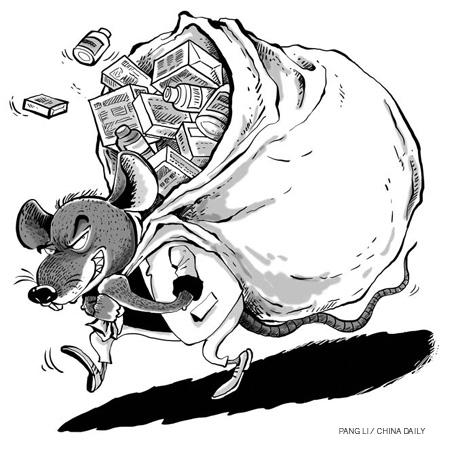How to control medical fraud epidemic

The Chinese government's recent announcement that it plans to increase public health spending during the 12th Five-Year Plan (2011-2015) and ensure that co-payments are limited to 30 percent is good news for many citizens who dread the consequences of serious ill-health. So too is the decision to broaden the healthcare market to non-public hospitals provided the right financial and quality regulation regime is in place.
But the impact of the two initiatives will be seriously diminished unless the government confronts one of the largest and mostly hidden costs the worldwide health systems face - the cost of fraud.
Healthcare fraud worldwide is enormous. In the United States 80 percent of the recoveries for the federal government under so-called Qui-tam legislation (public participation in private lawsuits) relates to healthcare. In the 23 years between 1986 and 2009, this amounted to more than $21 billion. But this may be just the tip of an iceberg, because detected fraud comprises a very small amount of the actual level.
In 2009, the University of Portsmouth in the UK published a report that which analyzed the results of 66 measurement exercises from six developed countries and identified an average loss rate of 5.6 percent. Applied to the total worldwide public healthcare expenditure, the losses from fraud every year would be enough to build as many as 1,500 new hospitals at developed country prices.
The methodology is there and has been used successfully in a number of countries. But three problems need to be addressed in using it.
 0
0 







Go to Forum >>0 Comments